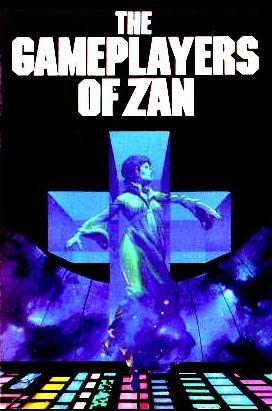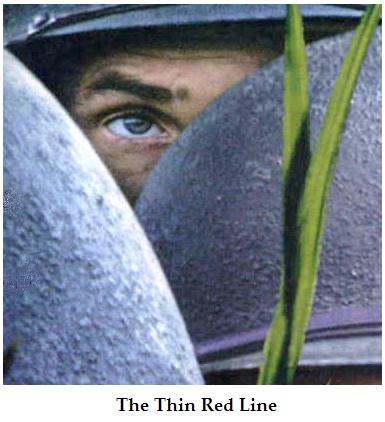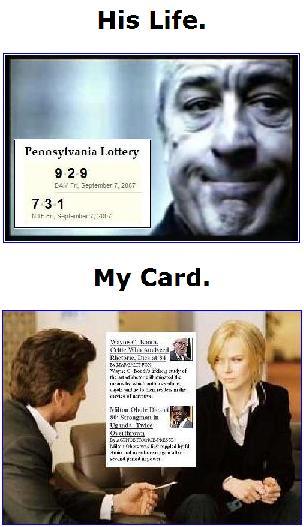|
“The Ferris wheel came into view again, just the top, silently burning high on the hill, almost directly in front of him, then the trees rose up over it. The road, which was terrible and full of potholes, went steeply downhill here; he was approaching the little bridge over the barranca, the deep ravine. Halfway across the bridge he stopped; he lit a new cigarette from the one he’d been smoking, and leaned over the parapet, looking down. It was too dark to see the bottom, but: here was finality indeed, and cleavage! Quauhnahuac was like the times in this respect, wherever you turned the abyss was waiting for you round the corner. Dormitory for vultures and city of Moloch! When Christ was being crucified, so ran the sea-borne, hieratic legend, the earth had opened all through this country…”
— Malcolm Lowry, Under the Volcano, 1947. (Harper & Row reissue, 1984, p. 15)
Comment by Stephen Spender:
“There is a suggestion of Christ descending into the abyss for the harrowing of Hell. But it is the Consul whom we think of here, rather than of Christ. The Consul is hurled into this abyss at the end of the novel.”
— Introduction to Under the Volcano
Edward Gibbon, Decline and Fall of the Roman Empire, Chapter XXI —
Gibbon, discussing the theology of the Trinity, defines perichoresis as
“… the internal connection and spiritual penetration which indissolubly unites the divine persons59 ….
59 … The  or ‘circumincessio,’ is perhaps the deepest and darkest corner of the whole theological abyss.” or ‘circumincessio,’ is perhaps the deepest and darkest corner of the whole theological abyss.”
“Whoever fights monsters should see to it that in the process he does not become a monster. And when you look long into an abyss, the abyss also looks into you.”
— Friedrich Nietzsche, Beyond Good and Evil, section 146, translated by Walter Kaufmann
William Golding:
“Simon’s head was tilted slightly up. His eyes could not break away and the Lord of the Flies hung in space before him.
‘What are you doing out here all alone? Aren’t you afraid of me?’
Simon shook.
‘There isn’t anyone to help you. Only me. And I’m the Beast.’
Simon’s mouth labored, brought forth audible words.
‘Pig’s head on a stick.’
‘Fancy thinking the Beast was something you could hunt and kill!’ said the head. For a moment or two the forest and all the other dimly appreciated places echoed with the parody of laughter. ‘You knew, didn’t you? I’m part of you? Close, close, close!’ “
“Thought of the day:
You can catch more flies with honey than vinegar… if you’re into catchin’ flies.”
— Alice Woodrome, Good Friday, 2004
Anne Francis,
also known as
Honey West:

“Here was finality indeed,
and cleavage!”
— Under the Volcano
|

























 or ‘circumincessio,’ is perhaps the deepest and darkest corner of the whole theological abyss.”
or ‘circumincessio,’ is perhaps the deepest and darkest corner of the whole theological abyss.”





October 11th, 2007 at 1:38 am
once we reach the point at which the templeton foundation – or any other private sponsor for that matter – is the main source of funding in a certain area of science it would be time for society to react. react by outdoing the private source and thus claiming the research topic in question firmly back into the public domain.
if society chooses to be oblivious – well – then so be it. research in that area will then not be driven by public interest but by private interest. ultimately it is just a reflection of the value commonly assigned to a specific field.
what i hope this will ultimately achieve is to ring the alarm bell in society that no private organization should take over research funding and direction.
if this will not happen – well – then we are kind of lost anyways. and funding no matter what agenda behind is still better than no funding, since i firmly believe that ultimately the truth (i.e. true statements about reproducible empirical relations) will ultimately prevail and nothing else.
October 11th, 2007 at 3:53 pm
Chris says the truth consists of “true statements about reproducible empirical relations.” He should read William Golding’s Nobel lecture: “When I consider a universe which the scientist constructs by a set of rules which stipulate that this construct must be repeatable and identical, then I am a pessimist and bow down before the great god Entropy. I am optimistic when I consider the spiritual dimension which the scientist’s discipline forces him to ignore.”